


Resilient Regeneration and Planning of Aging Community in the Post COVID-19 Era
Streamlined from the Research Paper, 57th ISOCARP World Planning Congress
(8-11 November 2021, Doha, Qatar)
Background
♦ COVID-19 has swept around the world, cities have suffered unprecedented challenges such as economic halt, limited interpersonal interaction and compressing space.
♦ Epidemic has suppressed the vitality of urban space, resulting in its weakened socio-economic function.
♦ Elderly population over 65 years old is in a period of strong social demand, but their economic and social activities are reduced.
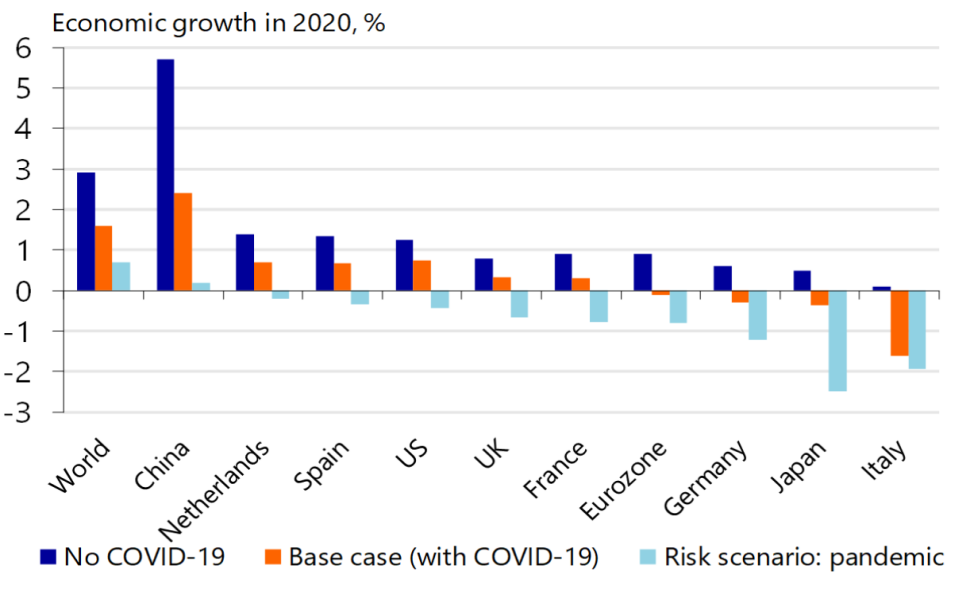
Fig.1 The economic impact of COVID-19 in 2020 [Source: Hugo Erken et al., 2020]
Aims
♦ Summarize and reflect on the vulnerability characteristics and health and safety problems of the cities under the impact of COVID-19.
♦ Explore the practical approaches of resilience regeneration and planning of aging community.
Field Survey
A.Threats to aging urban communities affected by COVID-19
♦ Aging communities have emerged in many cities, namely, most residents there are the elderly over 65 years old.
♦ After the occurrence of COVID-19, the number of destinations for elderly decreased significantly with spatial activities limited, and their quality of life was decreased concomitantly.
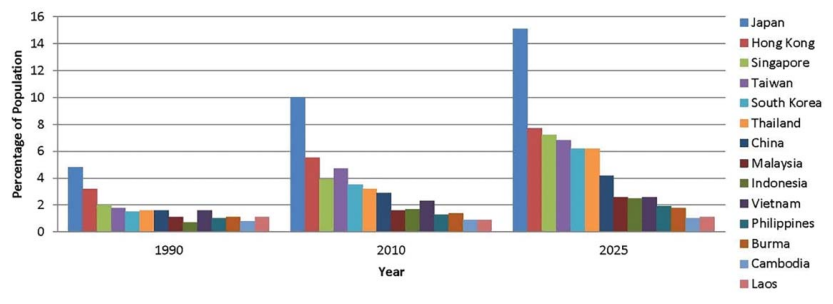
Fig.2 Age profiles of selected Asian economies [Source: Loo, et al., 2017]
B.Current situation of Chinese aging community in post COVID-19 age
♦ We select the Chengzheng(CZ) aging community of Xiangtan City in China as the objective site. This area is the birthplace of Xiangtan City, with a history of nearly 1000 years.

Fig.3 Location of CZ aging community [research site]
♦ Nowadays, however, it has become the oldest urban area in the city and the proportion of the elderly population over 65 years old exceeds 80%, which can be seen as an aging community.
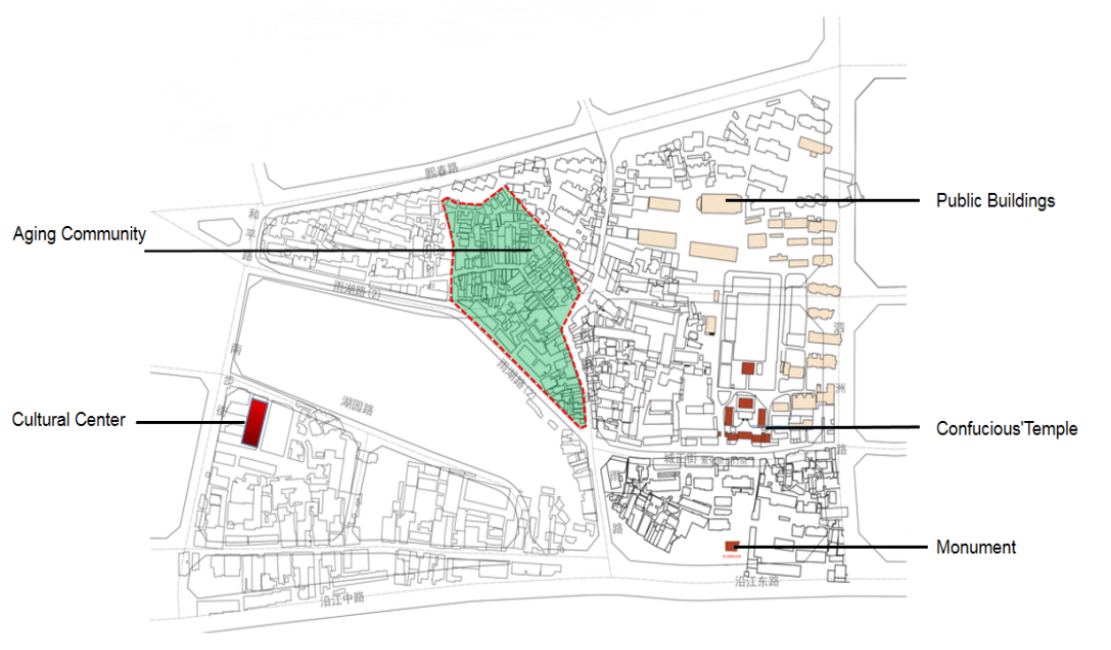
Fig. 4 Planar graph of CZ aging community

Fig.5 Distribution of function, floor and quality of buildings in CZ aging community
♦ Influenced by COVID-19, travel activities of elderly people over 65 years old in Chengzheng aging community have been seriously affected. From the big data of regional travel heat map from 2019 to 2021, the travel heat of aging communities shows a decreasing trend year by year.(See Fig.6)
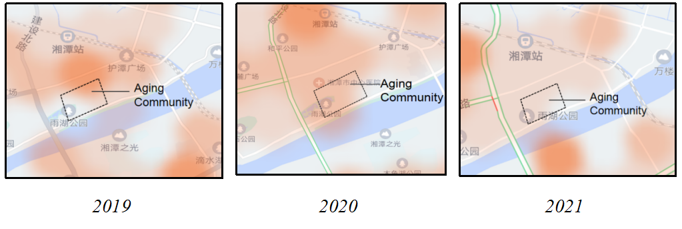
Fig.6 Annual average change of travel frequency in aging communities(2019-2021)
♦ The research group collects 238 data samples of people over 65 years old through the visits and questionnaires(from 2020.10 to 2021.05), and finds out that after the epidemic prevention measures were carried out, although the epidemic has brought depression to most of the elderly, the proportion of elderly people who are persisting in travel has the lowest tendency to get depressed. (See Fig.7)
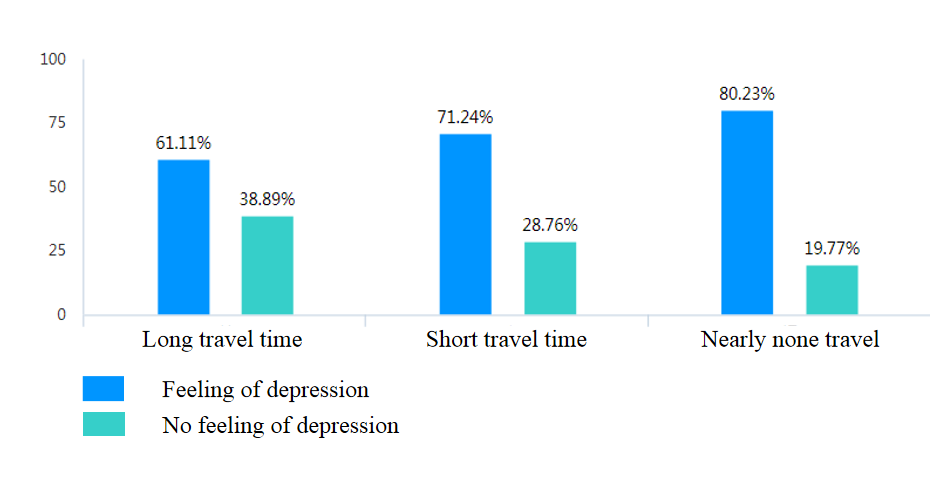
Fig.7 Relationship between monthly travel time and depression in the group of elderly
♦ The living environment of the elderly in Chengzheng aging community is relatively poor, such as dilapidated buildings, outdated infrastructure, poor convenience of road system, lack of public space in the community, and worse health situation. (See Fig.8)
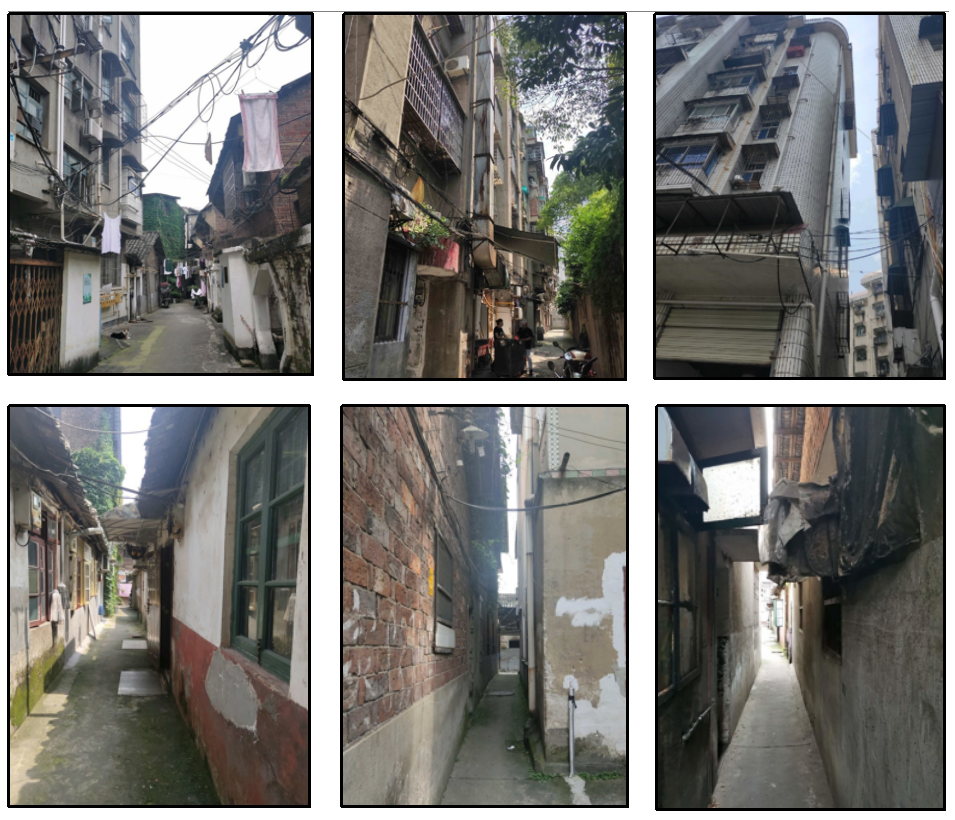
Fig.8 Poor living space quality in Chengzheng aging community
Statistical Analysis
A.Influencing factors of elders' satisfaction for community environment
This study conducted interviews and questionnaires for 423 residents of aging community to analyze their perception of the community environment and the influencing factors of this perception after the outbreak of the epidemic.
"Satisfaction of community environment" is selected as the affected factory, and the factors such as gender, age, education, economic factors, emotional factors and habit factors are selected as the influencing factors to construct a Multiple Logistic Regression Model.
The factors that have a statistically significant impact on the community environmental satisfaction of the elderly population include: gender, health, family's annual expenditure, living satisfaction, exercising time, preparation for pension, security and financial support for family.
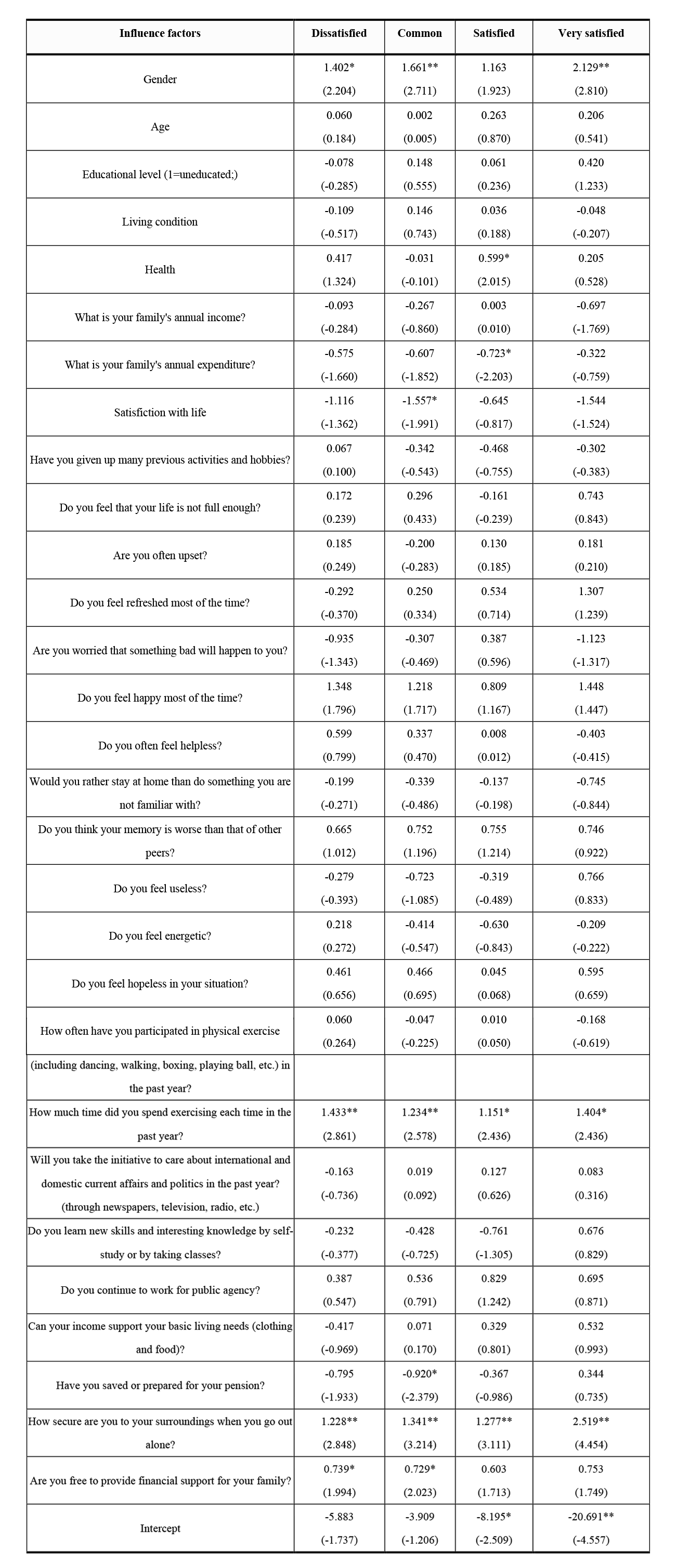
Likelihood ratio test: χ²(116)=256.540,p=0.000 Y: Are you satisfied with the living experience in your community?
McFadden R 2: 0.223 Cox & Snell R 2:0.455 Nagelkerke R 2:0.487 * p<0.05 ** p<0.01 the value in ( ) is Z value
Table 1. Results of Multiple Logistic Regression Analysis

Table 2. Likelihood ratio test of multi classification logistic regression model
Resilient regeneration and planning strategy
A. Reorganize the cultural space
B. Update and transform the community space
C. Improve the traffic system and shape the image of "slow community"
D. Optimize public space and promote community communication
E. Community ecological environment restoration
F. Resilience regeneration and planning at the socio-economic level
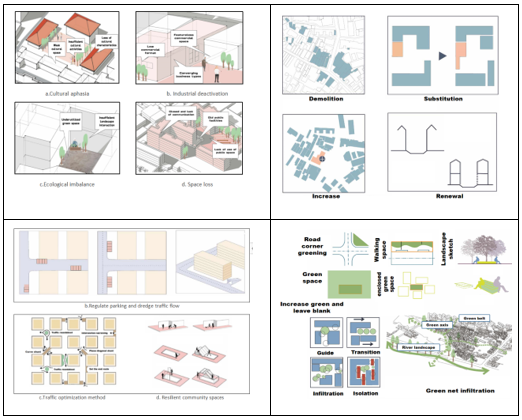
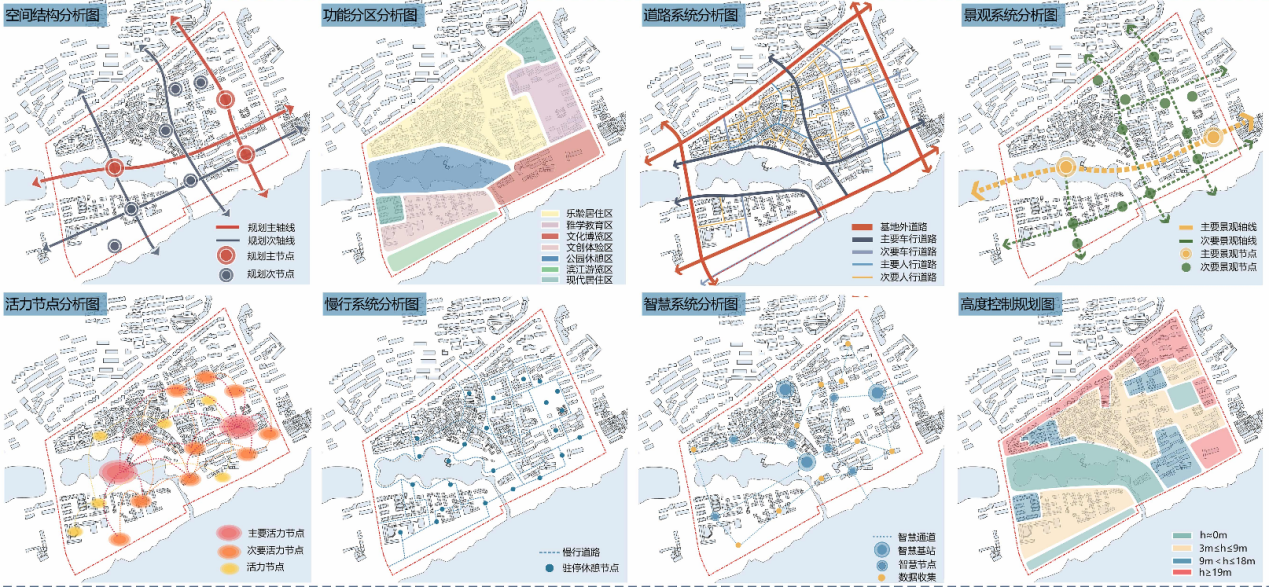
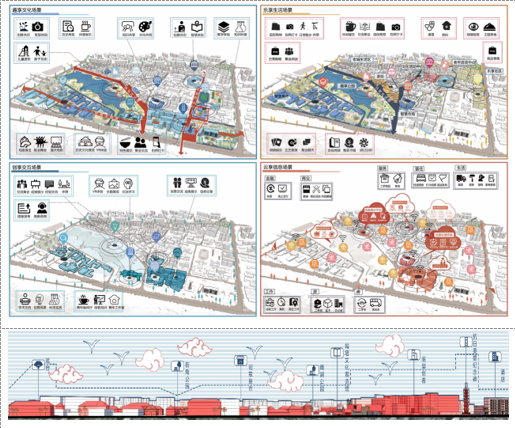
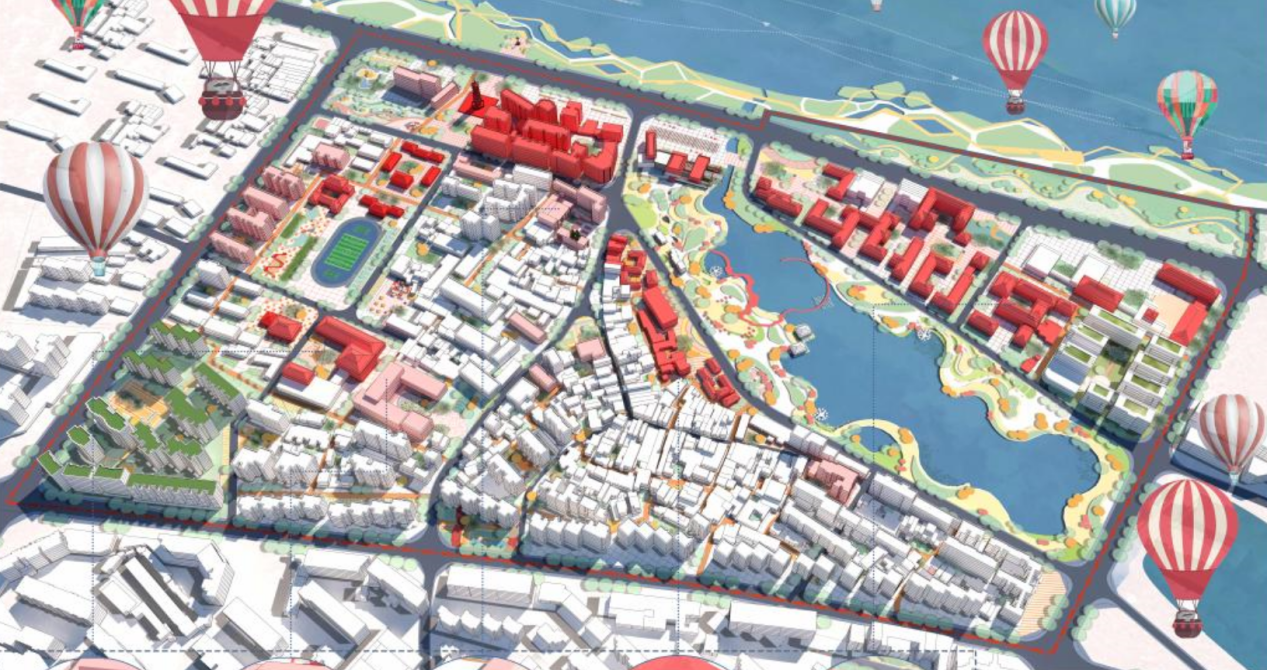
Written by Chai Ning